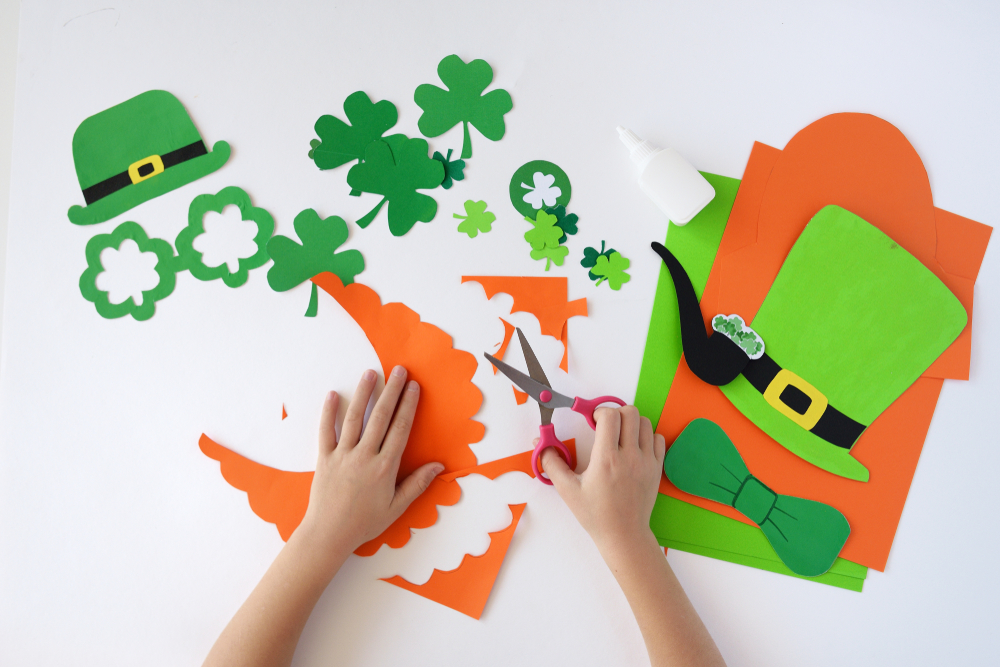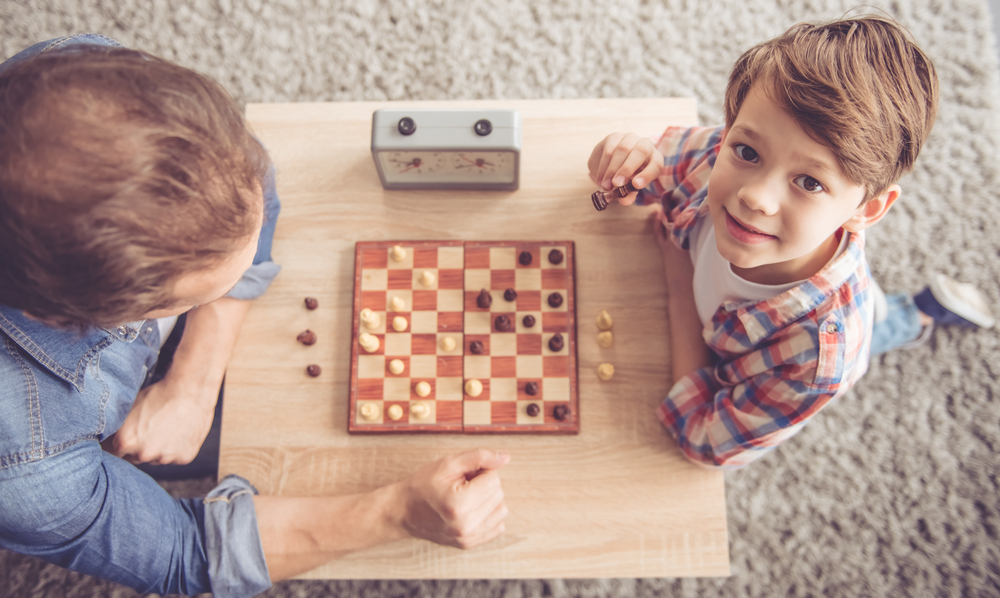Comparing Fractions Math Worksheets for Ages 4-6
10 filtered results
-
From - To
Introduce young learners to fractions with our engaging "Comparing Fractions Math Worksheets for Ages 4-6." Designed to build foundational math skills, these worksheets feature fun activities to help children compare and understand fractions in a simple, intuitive way. With visually appealing graphics and child-friendly designs, these worksheets make learning fractions exciting and accessible. Perfect for classroom or home use, our worksheets boost confidence and create a strong basis for future math success. Explore varying levels of difficulty incorporating colorful images and hands-on exercises to keep young minds intrigued and motivated. Start your child's journey in fraction mastery today!


Fractions: Shapes Worksheet
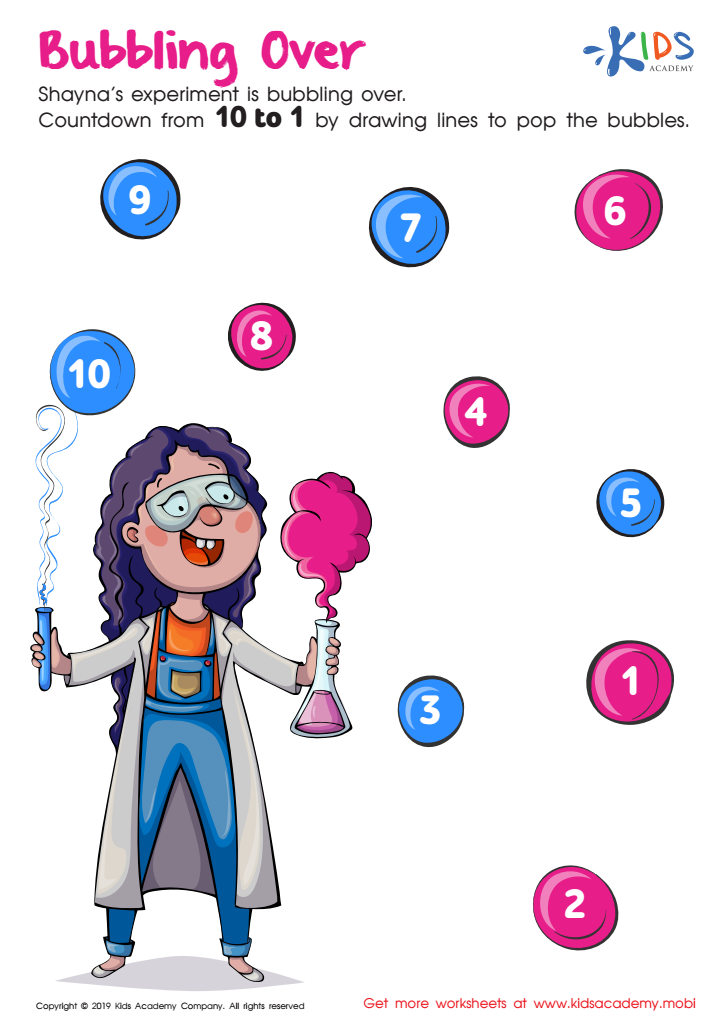

Bubbling Over Worksheet
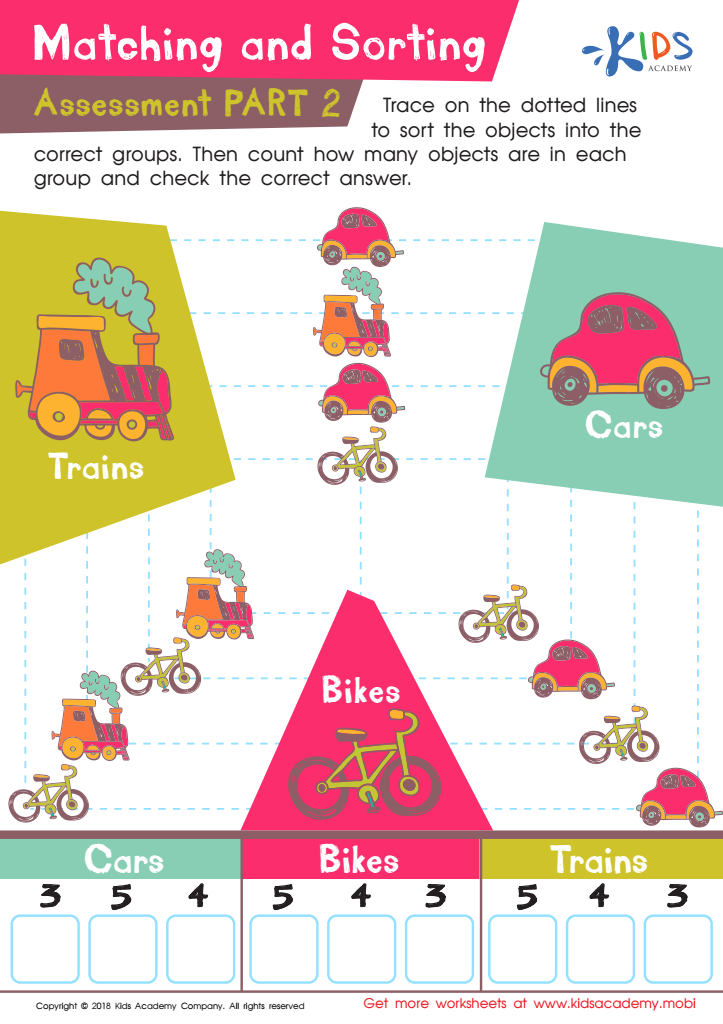

Matching and Sorting for Kindergarten: Assessment 2 Worksheet
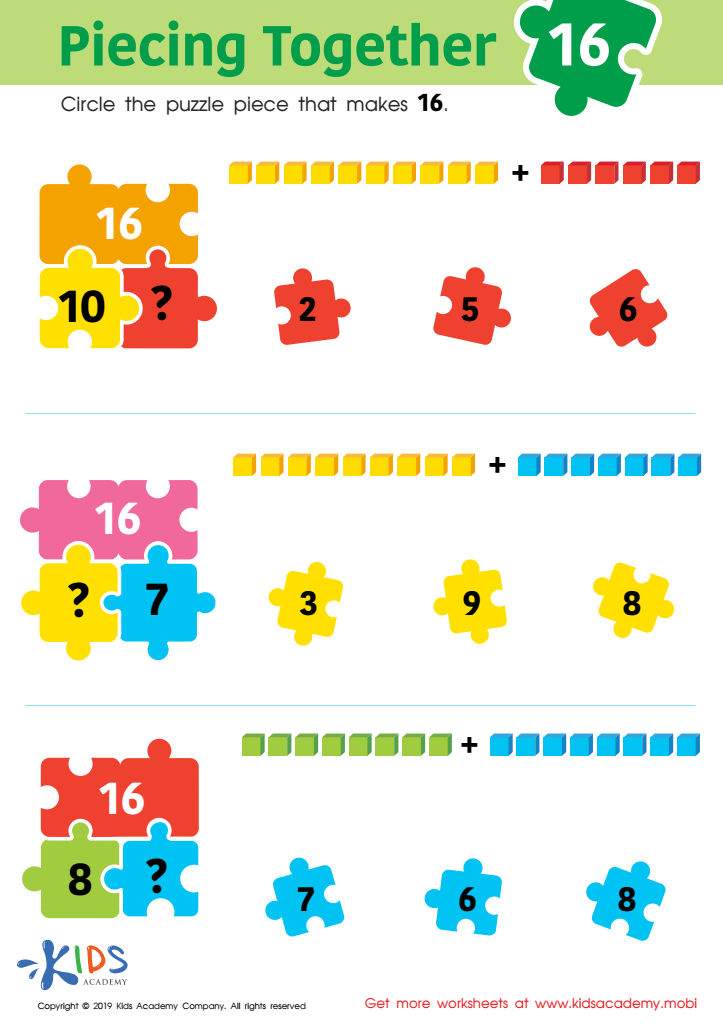

Piecing Together 16 Worksheet
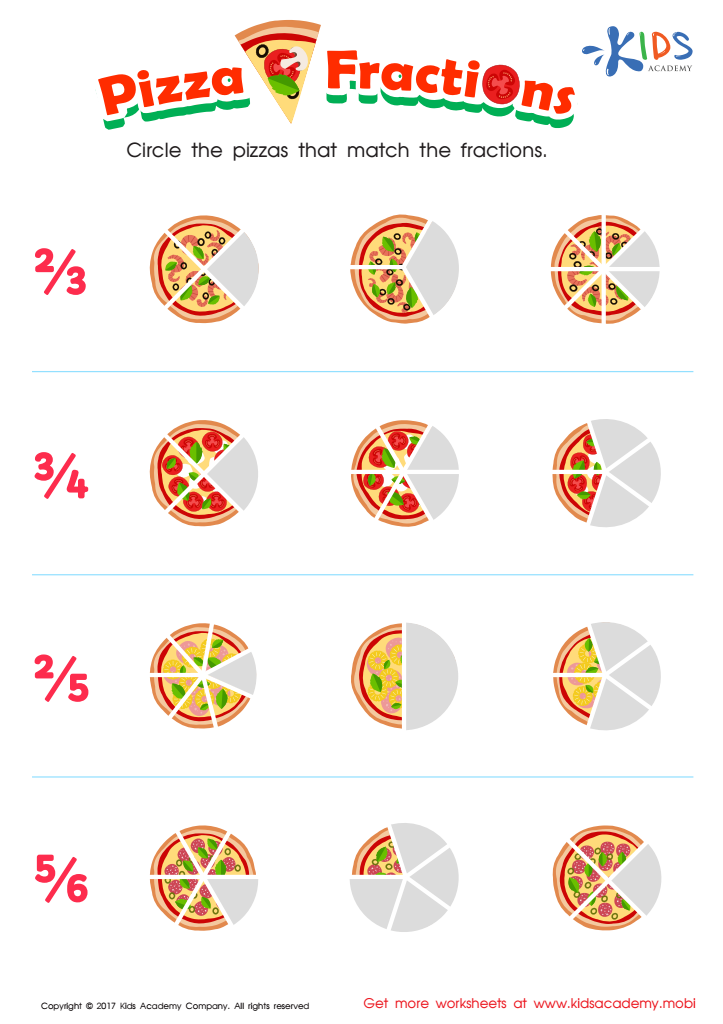

Fractions: Pizza Printable


Comparing Shares Worksheet
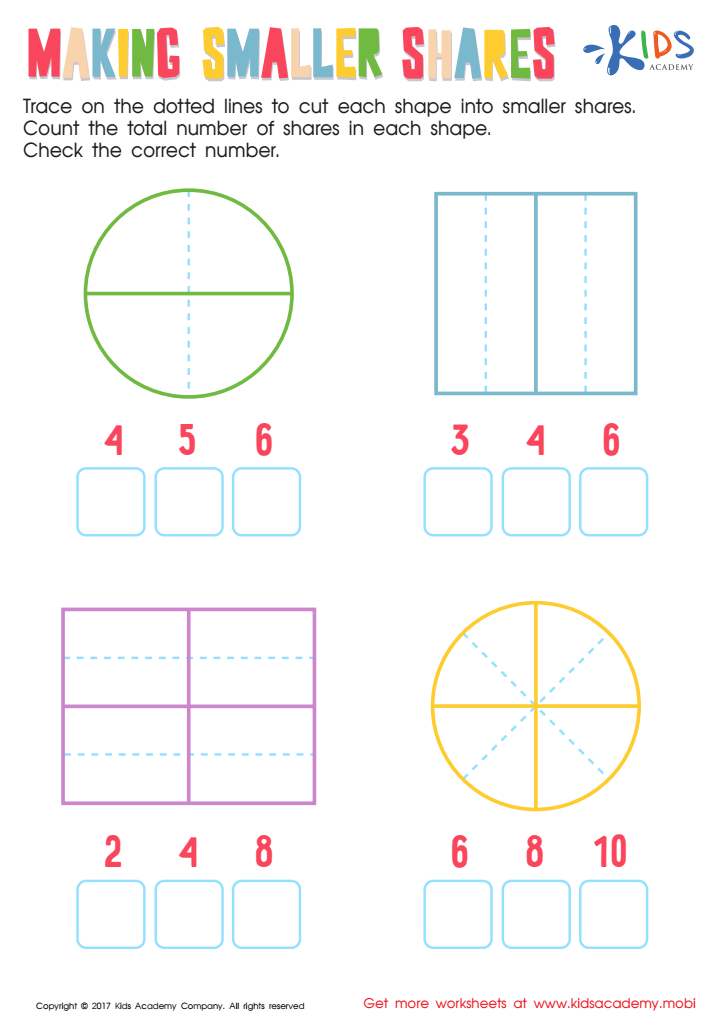

Making Smaller Shares Worksheet
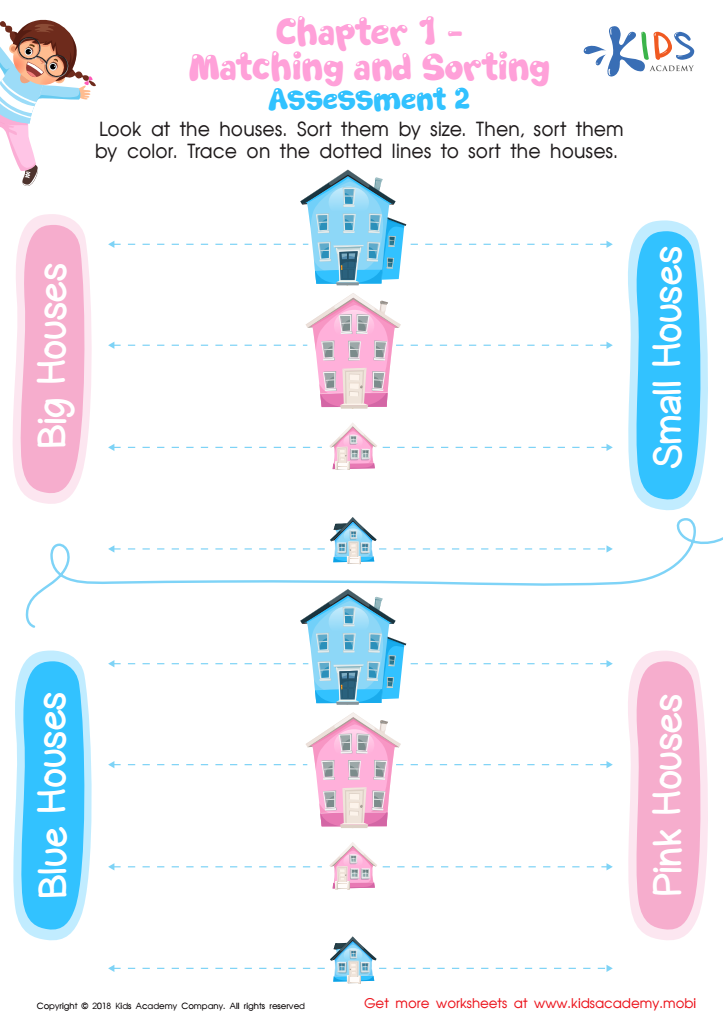

Matching and Sorting for Preschool: Assessment 2 Worksheet


Matching and Sorting for Preschool: Assessment 1 Worksheet


Fractions: Cinderella Printable
Introducing young children to comparing fractions can provide a crucial foundation for their future mathematical understanding. In early childhood education, engaging 4 to 6-year-olds in comparing simple fractions fosters critical thinking and problem-solving skills. This age group may not grasp complex fractional concepts, but they can begin to understand and identify basic fractions using visual aids like pie charts, drawing, and physical objects.
Comprehending fractions at an early age helps children to see divisibility and proportions in different contexts, laying the groundwork for more advanced mathematical concepts they will encounter later in their academic journey. Early familiarity with fractions aids in developing number sense, enabling them to recognize the relationships between different numbers and sizes.
Furthermore, incorporating fractions into their learning encourages a positive disposition towards math. Activities that involve comparing fractions can be engaging and interactive, capturing children's interest and curiosity about the subject. This helps in removing the fear or anxiety often associated with math and builds confidence from a young age.
In summary, comparing fractions is not just about math skills; it is about shaping a child’s cognitive abilities and attitudes towards learning, providing them with tools they will use lifelong, both in academics and in daily problem-solving situations.
 Assign to My Students
Assign to My Students




